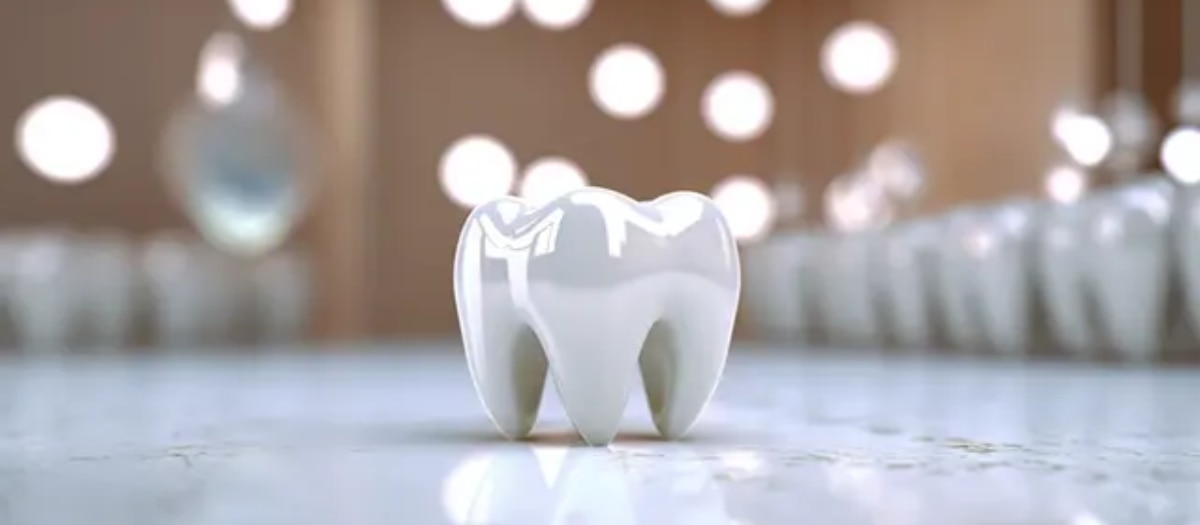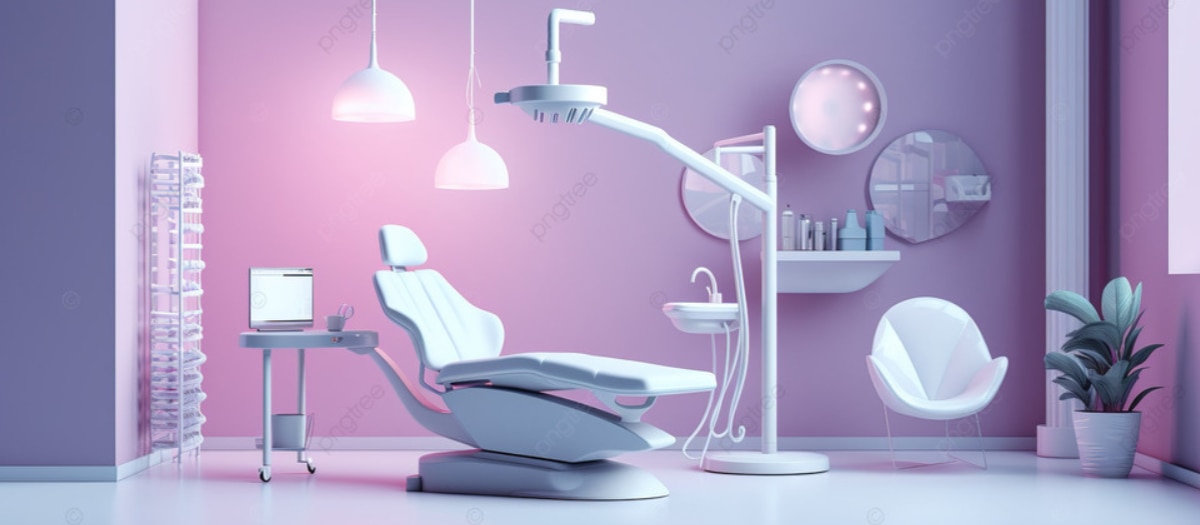Veneers and laminates are cosmetic dental treatments used to improve the appearance of teeth by covering imperfections, such as discoloration, chips, gaps, or uneven shape. Both are thin, custom-made shells applied to the front surface of the teeth, but there are slight differences between the two in terms of material and thickness.Veneers: Veneers are thin shells, usually made of porcelain or composite resin, that are bonded to the front of the teeth to enhance their appearance. Porcelain veneers are highly durable and mimic the natural translucence of teeth, making them popular for achieving a more natural and aesthetically pleasing smile. Composite veneers, on the other hand, are less expensive and can be applied in a single dental visit but may not last as long as porcelain veneers.Process:The dentist removes a small amount of enamel from the tooth surface to create space for the veneer.Impressions of the teeth are taken and sent to a dental lab, where the veneers are custom-made.Once ready, the veneers are bonded to the teeth using a special adhesive, and any necessary adjustments are made.Advantages:Durable and long-lasting (especially porcelain veneers).Stain-resistant.Can correct a wide range of cosmetic issues (e.g., discoloration, chipped teeth, minor misalignment).Disadvantages:Irreversible, as enamel must be removed.Expensive, especially porcelain veneers.Can be prone to chipping or cracking with improper care.Laminates: Laminates are often considered a thinner, more conservative version of veneers. They are made of the same materials as veneers (porcelain or composite resin) but are thinner, often requiring little to no removal of the tooth’s enamel. Laminates are ideal for patients who want to make minor cosmetic improvements without significant alteration to their natural teeth.Process:Like veneers, laminates are custom-made and bonded to the front of the teeth.Minimal or no tooth preparation is required, preserving most of the natural tooth structure.Advantages:Minimal to no enamel removal, making it a less invasive option.Natural appearance with improved aesthetics.Faster and more conservative than traditional veneers.Disadvantages:May not be suitable for more severe dental issues.Less durable than thicker veneers in some cases.Can be more fragile due to their thinness.Both veneers and laminates are excellent choices for improving the appearance of a smile, with the primary difference being the level of tooth preparation required and the thickness of the materials used. The choice between the two depends on the patient’s dental condition, aesthetic goals, and preferences.
READ MORE










